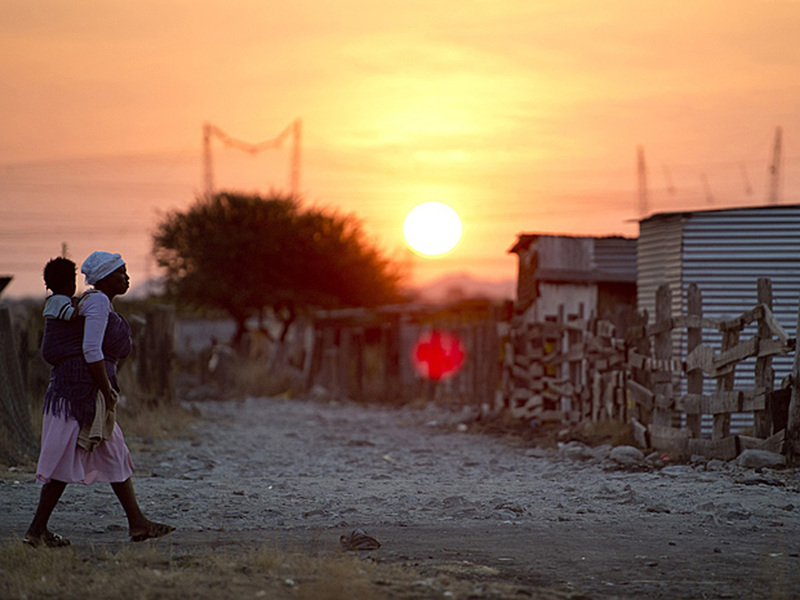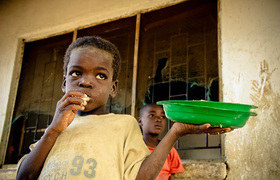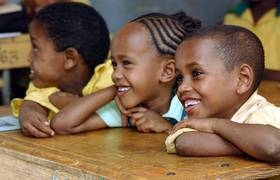Achieving social justice for South Africa’s children
06 February 2019 | Story Supplied. Photo ODD Andersen/Getty Images. Read time 3 min.
The South African Child Gauge is a crucial resource utilised by civil society, academic and non-governmental organisations (NGOs) who advocate for the rights of South Africa’s children and pursue social justice, University of Cape Town (UCT) Children’s Institute (CI) director Professor Shanaaz Mathews told guests at the Cape Town launch of the 13th edition of the annual review.
The event at UCT yesterday, which drew about 100 guests, saw Mathews alert her audience to the value of the document, which she said offers an opportunity for the CI “to engage in that space between our Constitutional legal framework and some of [South Africa’s] cultural norms”.
The 2018 review, which focuses on children in relation to families and the state, was published by the CI, in partnership with the Department of Science and Technology and National Research Foundationʼs (DST–NRF) Centre of Excellence in Human Development at the University of the Witwatersrand (Wits), UNICEF South Africa, and the Standard Bank Tutuwa Community Foundation.
The Cape Town event was part of the Poverty and Inequality Initiative’s monthly seminar series hosted by the Southern Africa Labour and Development Research Unit (SALDRU) in partnership with the CI.
Dr Katharine Hall, lead editor and senior researcher at the CI, explained that they view families and the state as essential partners collaborating to ensure the development and survival of children.
But she said the partnership requires constant collaboration.
“South Africa is unequal, unemployment rates are high, and families face a range of constraints. When families cannot fulfil their responsibility or fail to do so, the state has the final obligation to ensure that children’s rights are met.”
Yet the gauge, which urges the government to move swiftly to address the gaps in family services, found that more than 6 million of the country’s children regularly go hungry, with dire consequences for their capacity to thrive – or even survive. These children live below the food poverty line which, in real terms, means their families cannot provide even the minimum amount of nutrition they need.
The central question now, says the publication, is how to achieve good collaboration between families and the state so that children develop optimally, and no child is left behind.
“The state needs families to reproduce the population and to nurture children and provide for their needs. This in turn builds the capacity of the state.
“We need to see families as an important resource, not a liability,” Hall said at the launch.
The production of the book, accompanying materials and the public launch were made possible by financial support from the Department of Science and Technology (DST)-National Research Foundation (NRF) Centre of Excellence in Human Development at the University of the Witwatersrand, UNICEF South Africa, the Standard Bank Tutuwa Community Foundation, the DG Murray Trust, the FNB Fund and the Raith Foundation. The ELMA Foundation has been a long-time core donor to the Children’s Institute.
 This work is licensed under a Creative Commons Attribution-NoDerivatives 4.0 International License.
This work is licensed under a Creative Commons Attribution-NoDerivatives 4.0 International License.
Please view the republishing articles page for more information.










